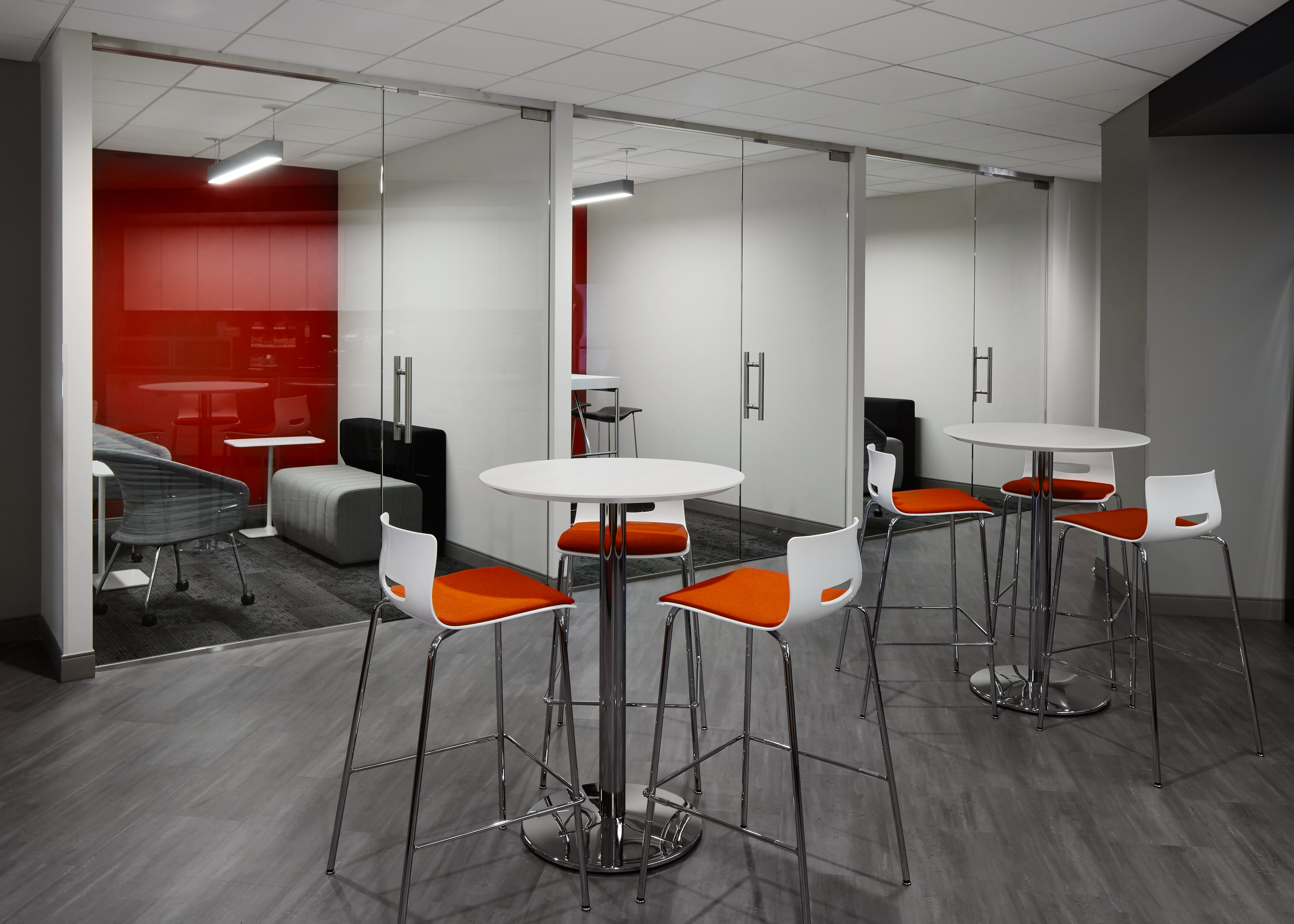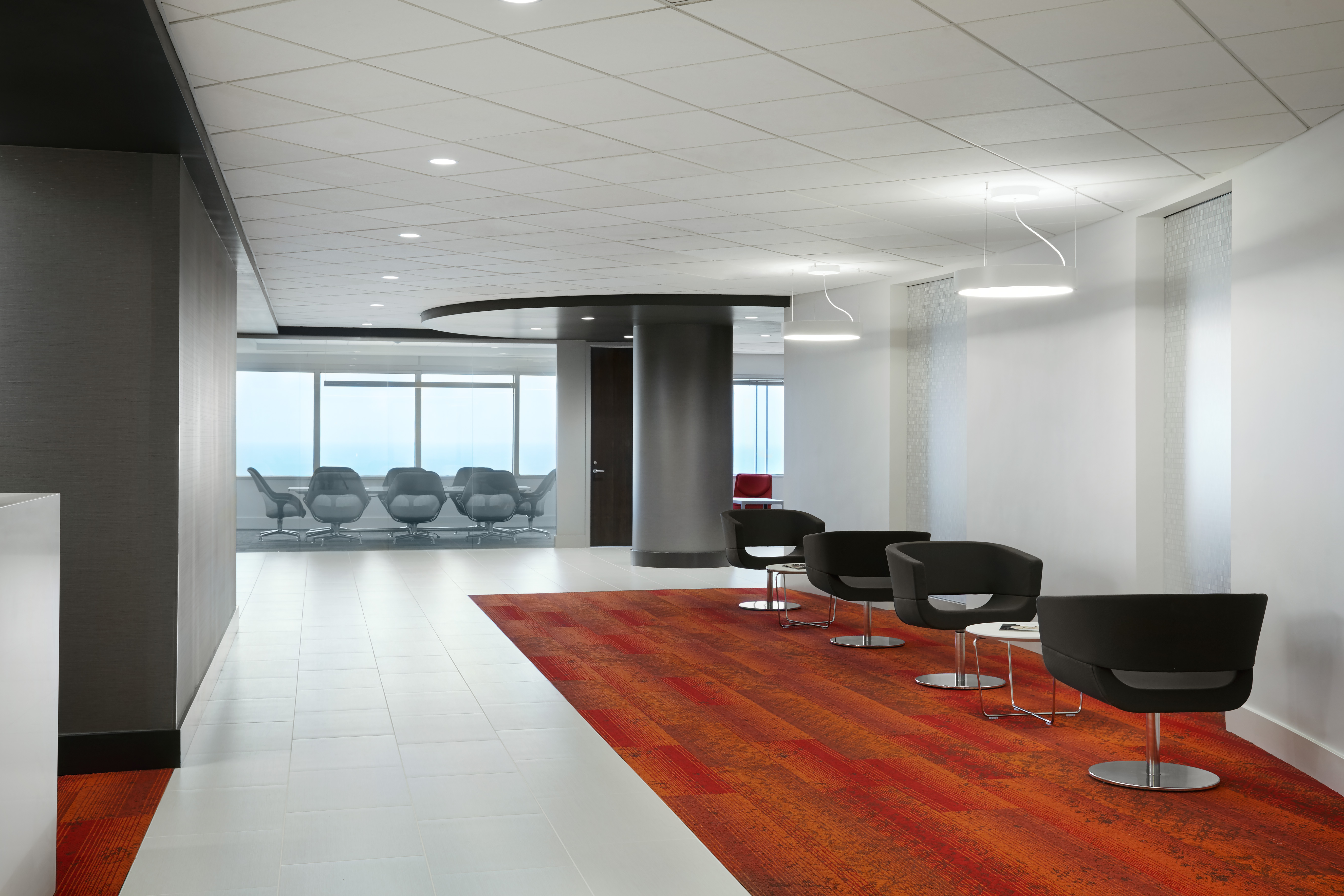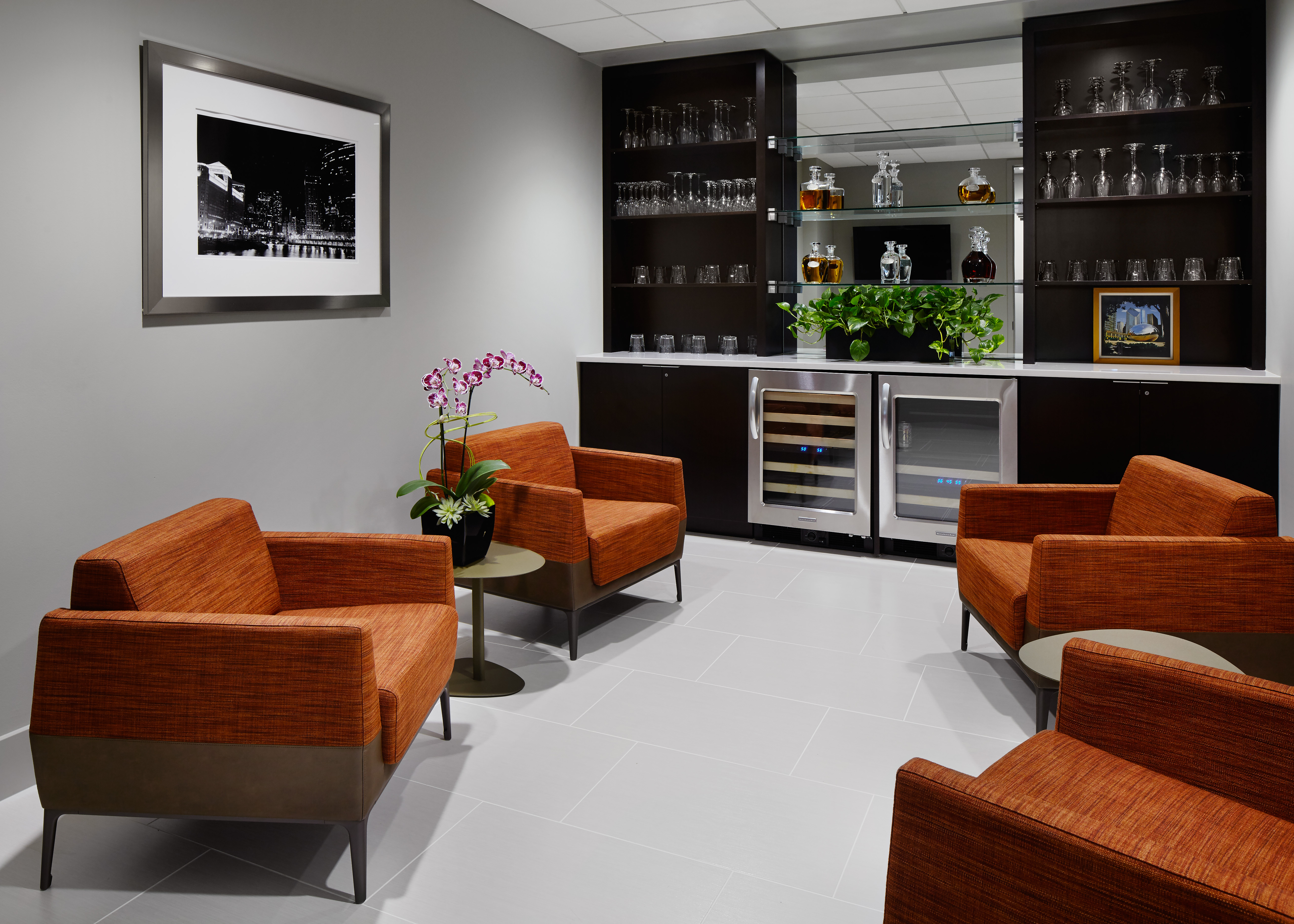A few weeks ago, we wrote about how coworking spaces are dictating workspace design trends in Australia. Today, we’re exploring how this trend goes beyond the borders of Australia and has reached downtown Chicago.
By now, many of you are familiar with the concept of Corporate Coworking. It’s a trend that’s risen this year, with many companies, businesses, and corporations adopting a collaborative workspace model (mimicking that of coworking spaces) in order to create modern and agile offices for their employees.
This comes as a response to worker demands and to the fact that the workspace environment highly influences not only how employees feel, but also their productivity levels. In other words, companies are starting to realize that the more time their employees want to spend in their space, the more productive and happy they will be.
With the gig economy growing, businesses can no longer ignore their employees wants and needs. The high number of freelancers in the world is proof that workers can be successful without depending on one single company, and if employers want to keep their staff around, they’re going to have to provide what workers need, but also what they want — and professionals want a workspace that speaks to them and inspires them.
One example of a company that’s addressing its workers’ demands is the commercial real estate firm, Amata. Based in downtown Chicago, Amata has recently redesigned and reimagined its workspace, adopting a mix of coworking and traditional office design models.
JDJ Architects was in charge of Amata’s renovation and redesign, below is their description of the process, the design, and what led them to chose a corporate coworking model.
The new shared offices at Amata: cool, contemporary and collaborative

JDJ Architects returned after 10 years to redesign shared offices for Chicago-based commercial real estate firm Amata, creating a vibrant renovation that encourages collaboration and interaction between the tenants, for an overall richer work experience.
“We have seen a real change in how workers are utilizing work space,” says Ron Bockstahler, Amata CEO. “Technology advancements allow workers to move around, utilize creative work environments and collaborate with fewer barriers. To meet these new demands, landlords have adjusted their floor designs, creating brighter, more functional environments and reducing the number of closed off areas. Rather than just a kitchen area stuck in an interior room, large cafes with great views and multiple seating options are popular now.”
To meet these needs, JDJ’s redesign of Amata Office Centers at 150 N Michigan Avenue in Chicago incorporated hospitality concepts, with areas for planned and serendipitous meetings and conferences, a coffee bar, and the popular Cognac Room for celebrations and after-work get-togethers.
Continued on next page
“People’s ability to work from anywhere has given rise to new satellite offices and coworking spaces,” says Wilma Rendon, business development director at JDJ Architects, Chicago. “The change in the way we work required a rethink of the office environment to embrace flexibility, information-sharing and connectivity.” JDJ Architects worked closely with Amata, which has six Chicago shared-space locations and also offers virtual offices and leasing. “Amata does a very good job of staying connected with their clients and learning what their needs are.”
With cloud-based computing, the need for large work surfaces and file storage areas has been reduced, so the resulting shared-spaces are more open and light-filled. “We’ve seen the workplace change to become more dynamic and mobile,” says Rendon.
 The new look begins with the central reception area for all of the shared-office guests, which layers color with texture to lead the eye through the space. A dynamic modular art panel forms the reception desk backdrop, and the open, flexible guest seating is set in two pods, flanked by Skyline glass featuring the graphic designs of mid-century designer Alexander Girard.
The new look begins with the central reception area for all of the shared-office guests, which layers color with texture to lead the eye through the space. A dynamic modular art panel forms the reception desk backdrop, and the open, flexible guest seating is set in two pods, flanked by Skyline glass featuring the graphic designs of mid-century designer Alexander Girard.
“We wanted to create a contemporary, welcoming reception area for a vibrant first impression,” says Morgan Telang, project manager at JDJ Architects.”
In addition to private offices for Amata’s shared-space tenants, the renovation created opportunities for flexible work areas, including tech-equipped huddle rooms, which provide a space for quiet collaboration and concentration; small sitting areas, with soft seating to encourage informal discussions; and a large conference room, incorporating impressive city views. The conference room, located near the Java coffee bar, encourages guests to grab a quick coffee before their meeting.
Socializing is welcomed at the centrally-located cafe, which features casual booth seating with dry-marker walls for fun, relaxed discussions. Traditional cafe seating combined with a high-top bar accommodates larger crowds and buffet-style serving for events.
 After work, small groups of tenants and guests can unwind in the Cognac Room, sinking into comfortable chairs with a favorite beverage. The Cognac Room still retains the contemporary look and feel of the Amata space, but with a more “club-like,” relaxed vibe.
After work, small groups of tenants and guests can unwind in the Cognac Room, sinking into comfortable chairs with a favorite beverage. The Cognac Room still retains the contemporary look and feel of the Amata space, but with a more “club-like,” relaxed vibe.
JDJ Architects worked closely with furniture manufacturers to create a workplace environment, carefully selecting furniture styles and fabrics to enhance the space and allow a cohesive look that contributes to the well-being of Amata’s tenants. The result is a comfortable sophistication that integrates color, texture and movement into the workplace environment.
“The word “evolving” is what keeps us engaged and moving forward,” says Rendon. “We’re designing workspaces that encourage productivity and creativity for the way we work today, and anticipating how we’ll work 10 years from now.”


 Dr. Gleb Tsipursky – The Office Whisperer
Dr. Gleb Tsipursky – The Office Whisperer Nirit Cohen – WorkFutures
Nirit Cohen – WorkFutures Angela Howard – Culture Expert
Angela Howard – Culture Expert Drew Jones – Design & Innovation
Drew Jones – Design & Innovation Jonathan Price – CRE & Flex Expert
Jonathan Price – CRE & Flex Expert












